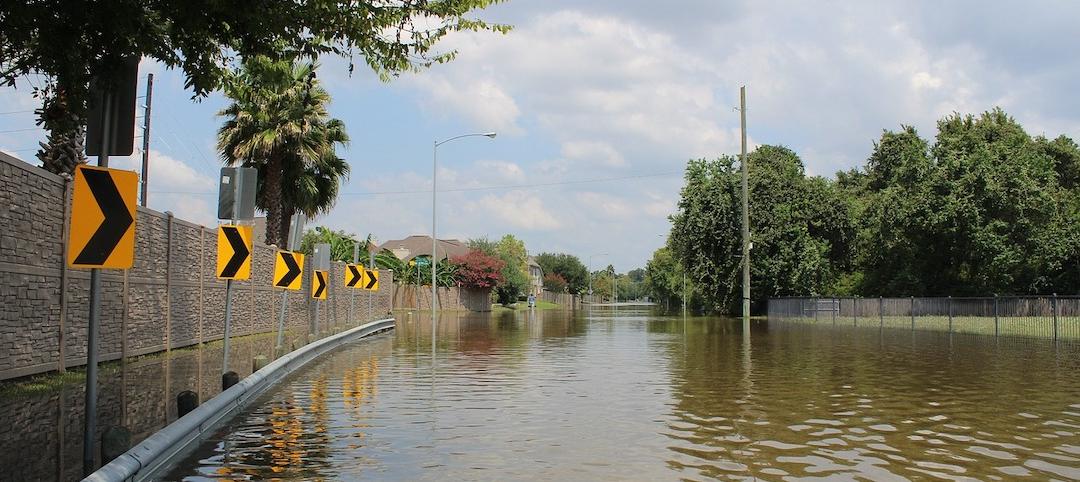The U.S. Environmental Protection Agency's WaterSense program has released a draft specification for water-efficient flushometer-valve toilets. After the specification is finalized, EPA anticipates that each WaterSense labeled flushometer-valve toilet model will have the potential to save more than 5,400 gallons of water per year. That translates into more than $1,000 savings over the lifetime of the toilet.
Flushometer-valve toilets are typically found in commercial, institutional, or industrial restrooms. These types of toilets have two main components—the toilet bowl and the flushometer valve.
Like all WaterSense labeled products, flushometer-valve toilets will be independently certified. EPA's draft specification sets the maximum flush volume for WaterSense labeled flushometer-valve models at 1.28 gallons per flush (gpf), which is 20% less water than the federal standard.
EPA estimates that about 28%, or 7.6 million, of the 27 million flushometer-valve toilets currently installed across the country flush at volumes higher than the federal standard of 1.6 gpf—some as much as 3 to 7 gpf. If all old, inefficient commercial flushometer-valve toilets were replaced with WaterSense labeled models, it would save more than 41 billion gallons of water per year nationwide, EPA estimates.
(http://www.epa.gov/watersense/products/flushometer-valve-toilets.html)
Related Stories
Codes and Standards | Jan 19, 2022
Canada’s Trudeau seeking building codes changes, net-zero emissions building strategy
Prime minister also wants net-zero electricity grid by 2035.
Codes and Standards | Jan 18, 2022
Greater emphasis on building materials needed to achieve net-zero carbon offices
Engineered wood, straw, and bamboo can be keys to achieving goal.
Codes and Standards | Jan 17, 2022
AISC seeks comments on draft earthquake standard for steel buildings
Includes new limits for cross-sectional slenderness of steel columns based on latest research.
Codes and Standards | Jan 12, 2022
California’s wildfire building code significantly reduces structural loss
As other states consider upgrading their codes, Golden State provides useful model.
Codes and Standards | Jan 12, 2022
Regulator holding back climate-friendly, energy-saving equipment deployment, critics say
Heat pumps, solar power could be made more accessible for low-income communities in Massachusetts.
Codes and Standards | Jan 11, 2022
Cost hikes drive nearly one million renters out of homeownership qualification in 2021
Household income needed to pay a mortgage rose to $62,872 from $55,186.
Codes and Standards | Jan 10, 2022
New ratings services focus on climate risk for homeowners
Efficacy of models used in risk assessment varies.
Codes and Standards | Jan 6, 2022
Virginia contractors having a tough time finding diverse subs to meet state goals
Survey of primes may indicate similar issues at federal level.
Codes and Standards | Jan 5, 2022
Boston drops parking requirements for affordable housing
Measure expected to spur new projects.
Codes and Standards | Jan 4, 2022
Dept. of Energy Better Climate Challenge aims for 50% GHG emission reduction by 2030
Program offers technical assistance and peer-to-peer knowledge sharing.
















